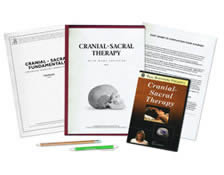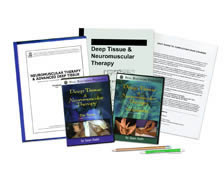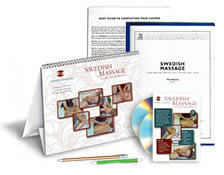The jaw or temporomandibular joint (TMJ) is a major target for an array of joint disorders. Disorders of the jaw are typically referred to by the same name, TMJ. The temporomandibular joint connects the mandible to the skull’s temporal bone and contributes to the acts of biting, chewing, swallowing, speaking and making facial expressions. The National Institutes of Health (NIH) states over 10 million people in the United States suffer from TMJ problems.
Symptoms
Pain is the most common TMJ symptom. The pain is often described as a transient, dull ache in the jaw joint and nearby areas, including the ear. Instead of pain, some sufferers only have problems in the use of their jaws. Additional symptoms of TMJ can include:
- Inability to open the mouth comfortably
- Clicking, popping or grating sounds in the jaw joint
- Locking of the jaw when attempting to open the mouth
- Headaches
- A bite that feels uncomfortable or “off”
- Neck, shoulder and back pain
- Swelling on the side of the face
- Tinnitus or ear pain
- Dizziness
TMJ symptoms often improve without treatment in a matter of weeks to months. However, some individuals experience an increase in symptom severity, and may develop long-term chronic jaw pain.
Cause
TMJ can be caused by a number of factors, including:
- Local injury
- Dental work/oral surgery
- Whiplash
- Arthritis
- Widespread joint pain from another condition
- Sinus or ear infections
- Headaches
- Bruxism (teeth grinding and clenching)
- Stress
Although teeth grinding and stress are not the leading causes of TMJ, difficulty relaxing may be a common cause many sufferers are unaware of. Holding the body tout, including the jaw, is a common response to stress. Whether metaphorical for “keeping one’s mouth shut”, a result of the incredible strength and control we have over the mandible, or due to another reason, emotional tension can easily be reflected in the temporomandibular joint.
Treatment
Many types of healthcare professionals can be involved in TMJ treatment. This spectrum includes, but is not limited to, physicians, pain specialists, chiropractors, physical therapists, acupuncturists, dentists and bodyworkers. In certain cases, a splint or mouth guard is crafted specifically for the individual to prevent the TMJ from slipping out of place. Reconstructive jaw surgery is rarely employed for TMJ and is typically the very last resort. Some self-help suggestions to offer clients suffering with a painful jaw include:
- Maintain good posture while working at a computer, watching TV and reading. Pause frequently to change position, rest hands and arms, and relieve stressed muscles.
- Make a habit of relaxing the facial and jaw muscles throughout the day.
- Avoid chewing gum and eating hard foods.
- Apply moist heat to increase the circulation around tense jaw muscles.
- Use relaxation techniques to reduce overall stress and muscle tension in the entire body.
Bodywork is an ideal modality to relieve the pain of TMJ. According to medical massage proponent Boris Prilutsky, “Massage therapy should be focused toward the reduction of tension in the masticatory muscles, releasing tension in fascia, and elimination of trigger points. Post-isometric relaxation is an extremely important tool for the restoration of the range of motion.”
Training in the following five modalities is particularly valuable when treating jaw pain:
- Neuromuscular Therapy – The application of ischemic pressure to trigger points in the jaw muscles (temporalis, masseter, lateral pterygoid, and medial pterygoid) can help relieve their spasms.
- Cranial-Sacral Therapy – In addition to activating the classic stillpoint, adjustments to the mastoid, temporal, zygomatic and sphenoid bones can provide enormous TMJ relief.
- Post-Isometric Relaxation – Using isometric contraction to actively stretch tensed muscle fibers, adding minimal resistance for a further stretch, followed by relaxation allows for enhanced relief of the targeted muscle. This technique can restore the range of motion that typically regresses with TMJ disorders.
- Acupressure – Massaging the meridians, both distally and locally, that wind around the jaw can bring increased circulation and thus relief to TMJ. The primary meridians to the jaw are Gallbladder, Stomach, Large Intestine and Triple Warmer.
- Swedish Massage – The relaxation that results from a full-body Swedish massage should not be underestimated. Since stress is a major contributor to TMJ disorders, initiation of the relaxation response can have a significant impact in reducing tension held in the jaw.
For bodyworkers, TMJ is no mystery. Many clients present jaw pain as their primary complaint, or as a secondary nuisance. Approaching TMJ pain by utilizing techniques from the described five modalities provides an inclusive, holistic and effective treatment.














